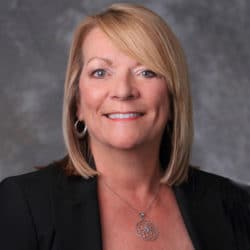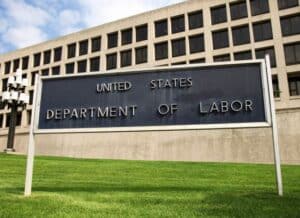Click here to learn more about our tax, accounting and advisory services for attorneys and law firms.
Profitability, in a nutshell, is revenue minus expenses. But, as law firm leaders know, increasing profitability is much more complicated than that simple equation might imply. The economy, for example, can make it difficult for firms to simply raise rates as they have in the past.
How do you solve this quandary? Go back to basics and revisit your firm’s economic drivers.
Needs vs. Wants
For many firms, the main driver of profitability is increased rates — and that currently is not working. If that’s been the primary reason behind your firm’s growth, you still have a lot of room to improve your other drivers.
The most obvious area is expenses. Law firms typically have a hard time cutting costs. After all, a stable and prosperous image contributes to client confidence and trust. Some expenses that other businesses might consider luxuries that can be easily cut from their budgets may seem like necessities to your firm’s continued success.
For example, many law firms pay a premium for space in a nice building and attractively designed offices. However, you don’t necessarily need to be at the most prestigious address in town or build an impressive art collection. If your lease is coming up for renewal, consider whether moving to a less-expensive location and cutting back on interior design expenses might help you cut costs without jeopardizing client relationships.
Also consider how much square footage your firm is using. If you’re using too little and moving is cost prohibitive, consider subletting the unused space. Other attorneys might be more than happy to sublet from you. They also may be willing to pay for some of your support staff’s time, further reducing your expenses.
Neglected Trio
Three other economic drivers deserve serious attention:
- Leverage. Your firm doesn’t necessarily need more associates than partners. Instead, focus on the ratio of associates’ billable hours to partners’ billable hours. If you have many associates but they aren’t billing enough hours, your so-called leverage is providing little benefit to the firm. Unless you’re able to bring in more work, you may need to cut back on the number of associates.
- Utilization. It might seem like increasing — or even just maintaining — utilization would be nearly impossible when demand for legal work is down. But a big part of the utilization puzzle isn’t the amount of work that’s coming in the door but rather how to get partners and associates to actually bill all the hours they’re putting in on a matter.
- Realization. Realization involves being proactive about collections and proper billing. This includes not only billing all the appropriate hours, but also drafting the bill in a way that increases the likelihood the client will pay quickly.
Firms often do little more than pay lip service to these three drivers — and that’s a mistake. When you can’t count on new business and increased rates to drive profitability, leverage, utilization and realization are critical.
Shifting Strategy
If your firm has traditionally focused on the new revenue aspect of the profitability equation, you don’t need to abandon that strategy entirely. Even in challenging economic times, good client relationships and a reputation for excellent service can bring in new business. However, your firm can’t afford to neglect other drivers. Partners, associates and staff all need to find ways to reduce expenses and improve the firm’s leverage, utilization and realization. For further information on how to make your law firm more profitable, contact Debbie May via our contact form.
Councilor, Buchanan & Mitchell (CBM) is a professional services firm delivering tax, accounting and business advisory expertise throughout the Mid-Atlantic region from offices in Bethesda, MD and Washington, DC.
Click here to learn more about our tax, accounting and advisory services for attorneys and law firms.
©2018




